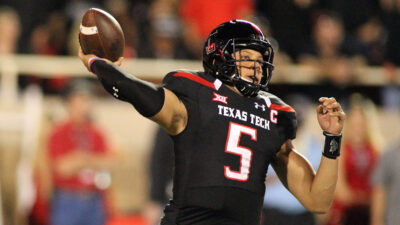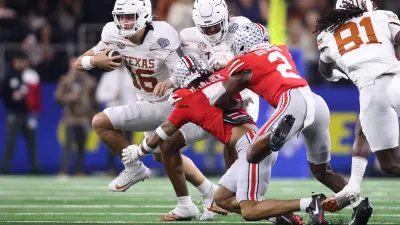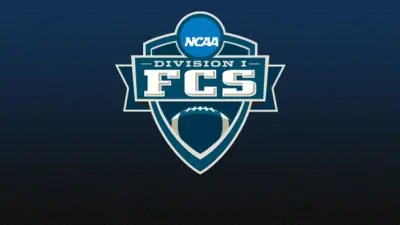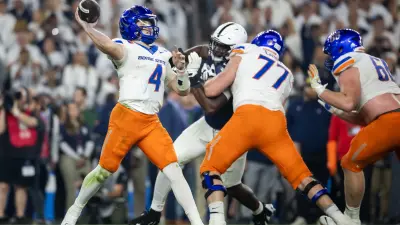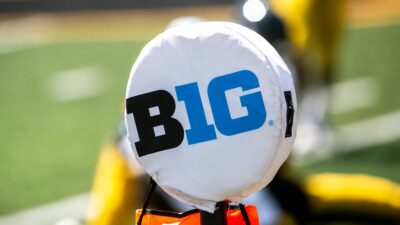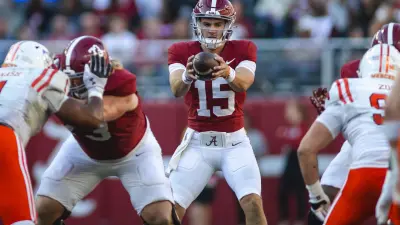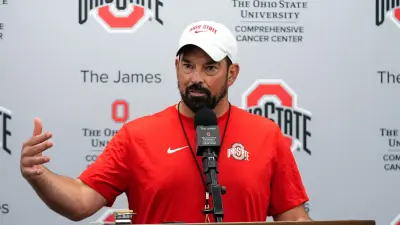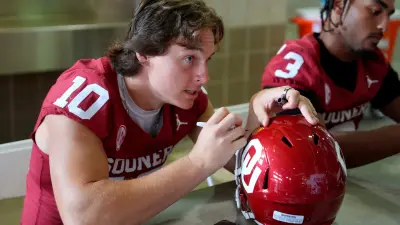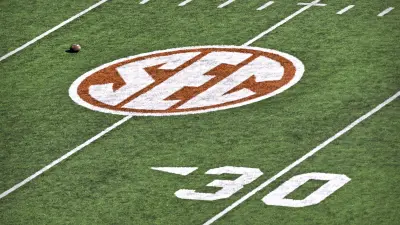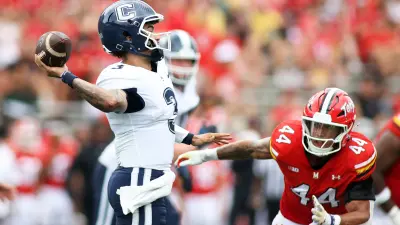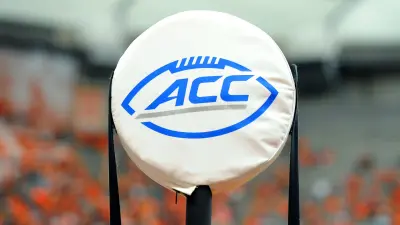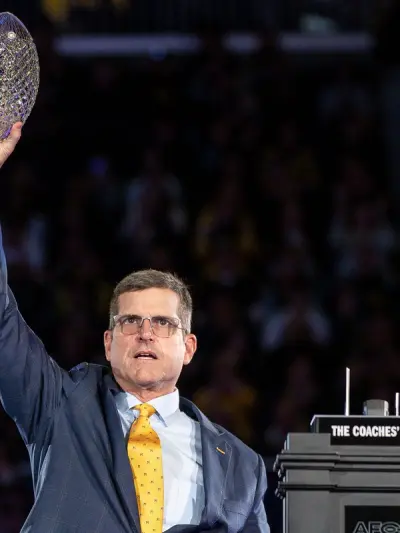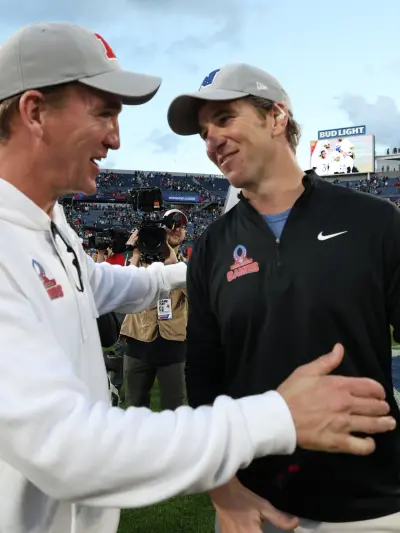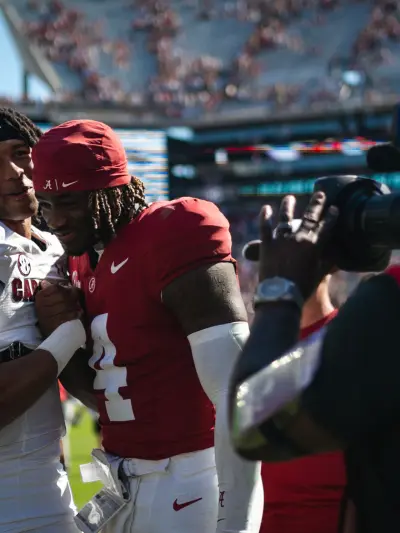By Dorrington Myers
Quarterback development in the NFL has undergone a dramatic transformation over the past few decades. Once an art honed with patience and meticulous care, the process of grooming young signal-callers has become a high-stakes, fast-paced endeavor. The days of sitting behind a veteran, absorbing the nuances of the game, and gradually stepping into the starting role seem like relics of a bygone era. Instead, today’s young quarterbacks are thrust into the spotlight almost immediately, expected to deliver success without the benefit of time and seasoned guidance. This shift has led to a startlingly brief career lifespan for many promising talents, raising the question: has the art of quarterback development been lost?
In this article, we explore the factors contributing to the rapid turnover of young quarterbacks, the benefits of more traditional development approaches, and potential solutions to revive this crucial aspect of the game. By examining historical trends, analyzing recent examples, and considering expert insights, we aim to uncover whether the NFL can reclaim the lost art of quarterback development. A Sunday feature by Kyle Golik delves into the basics of what quarterback development should look like and highlights his top 5 schools and coaches. Here, I expand upon the strategic importance of development.
The Short Shelf Life of Young Quarterbacks:
In today’s NFL, the lifespan of a young quarterback’s career can be startlingly brief. This phenomenon can be attributed to several key factors as that transition is made from college to the pros.
Increased Pressure to Win
NFL teams are under immense pressure to secure victories, both from fans and within the organization. Consequently, there’s little patience for young quarterbacks to develop gradually. Quarterbacks drafted in the top 5 are more likely to have a ton of pressure on their backs to lead a struggling franchise back to the promised land.
High Stakes
The NFL is a high-stakes league where every game matters, and the margin for error is slim. Teams invest significant resources, including draft capital and salary, in their quarterbacks, which leads to heightened expectations for immediate success.
Media and Fan Scrutiny
With the rise of social media and 24/7 sports coverage, young quarterbacks face constant scrutiny from fans, analysts, and the media. This pressure intensifies the demand for instant results.
More Sports News
Shorter Contracts
NFL contracts are structured to give teams the flexibility to move on from players relatively quickly. As a result, teams are more willing to cut ties with quarterbacks who don’t meet expectations early in their careers.
Rise of Analytics
Teams are increasingly relying on analytics to evaluate player performance. If a young quarterback doesn’t show promising metrics early on, teams may be more inclined to search for a replacement. This makes giving shorter contracts, an easier decision.
These factors collectively contribute to the shorter leash that young quarterbacks face in today’s NFL. So, how can this issue be resolved?
The Case for Sitting and Developing Quarterbacks:
The strategy of sitting quarterbacks to develop them has proven successful in several notable cases, such as Patrick Mahomes and Aaron Rodgers. This approach allows young quarterbacks to learn from experienced veterans, adapt to the speed of the NFL game, and refine their skills without the pressure of immediate success.
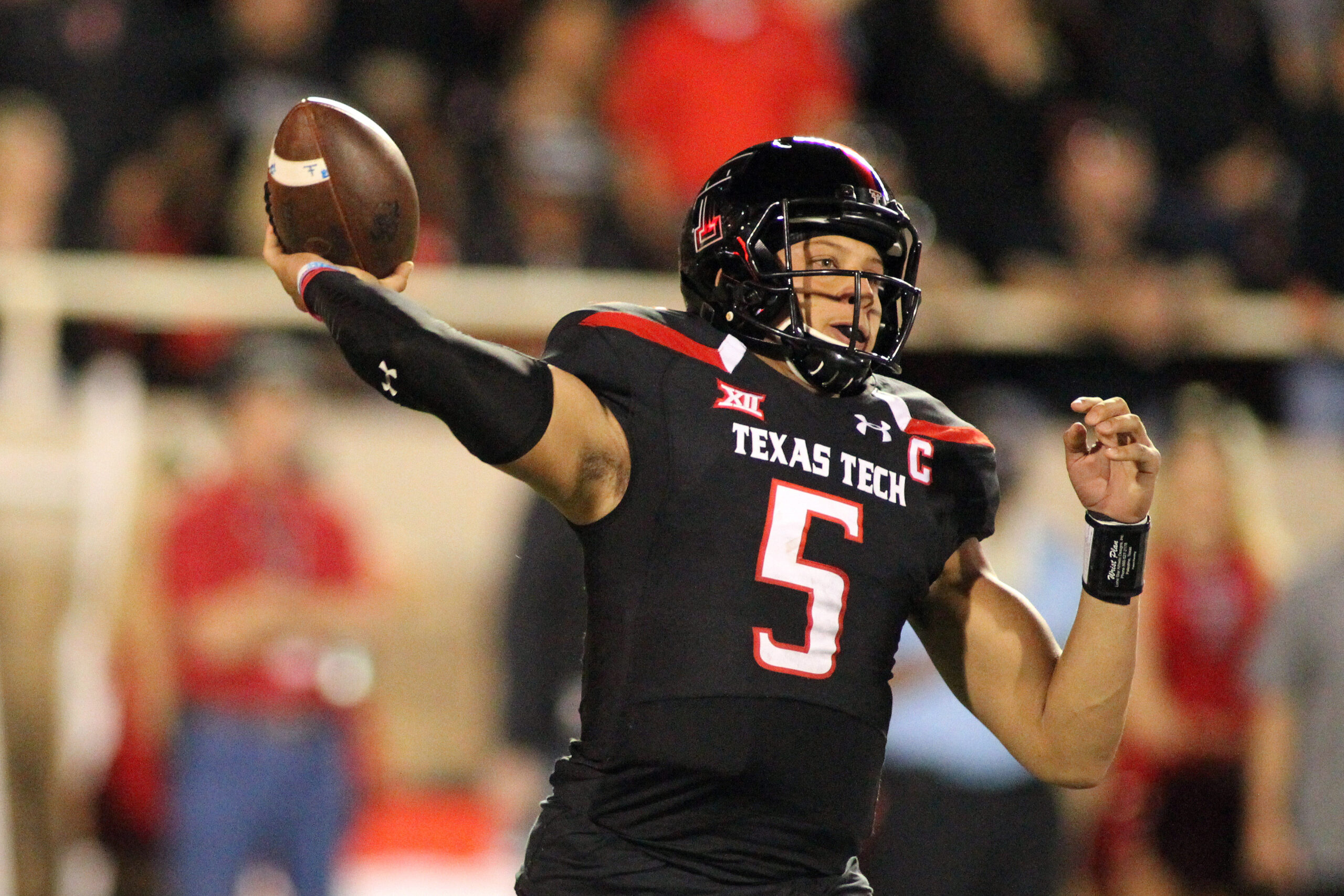
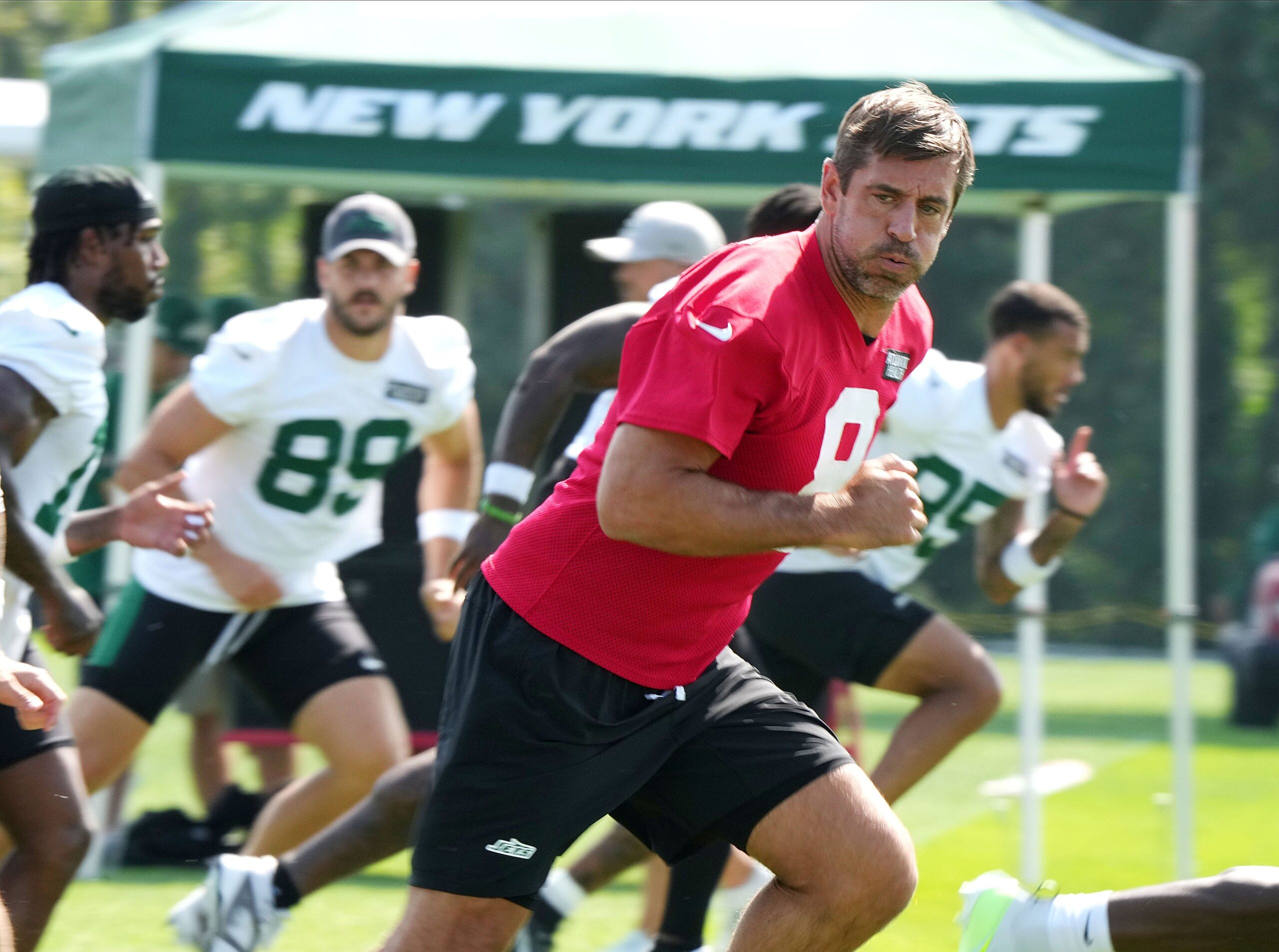
However, whether teams should revert to this approach depends on various factors, including the individual quarterback’s readiness, the team’s current situation, and the coaching staff’s philosophy. For some quarterbacks, starting right away can be beneficial for their development, as they gain valuable experience and learn to adjust to the NFL quickly. In situations where the team lacks a viable veteran option or is rebuilding, starting a young quarterback from day one might be the best course of action.
Ultimately, there’s no one-size-fits-all approach, and teams must evaluate each situation carefully to determine the best path for their young quarterbacks’ development. Sitting quarterbacks can be a prudent strategy in certain cases, but it’s not necessarily the only or always the best option. Prime examples are Zach Wilson and Johnny Manziel. These two were drafted to be their organizations franchise quarterback. Their quarterback rooms lacked veterans who could mentor, and development from their coaching staff’s. Historically, the New York Jets and Cleveland Browns are a couple of teams that’s had immense failures when it comes down to developing quarterbacks. New York is a huge market, so the fan base expects to have solid quarterback play. The Browns have had instability with fielding a long standing coaching staff in the past.
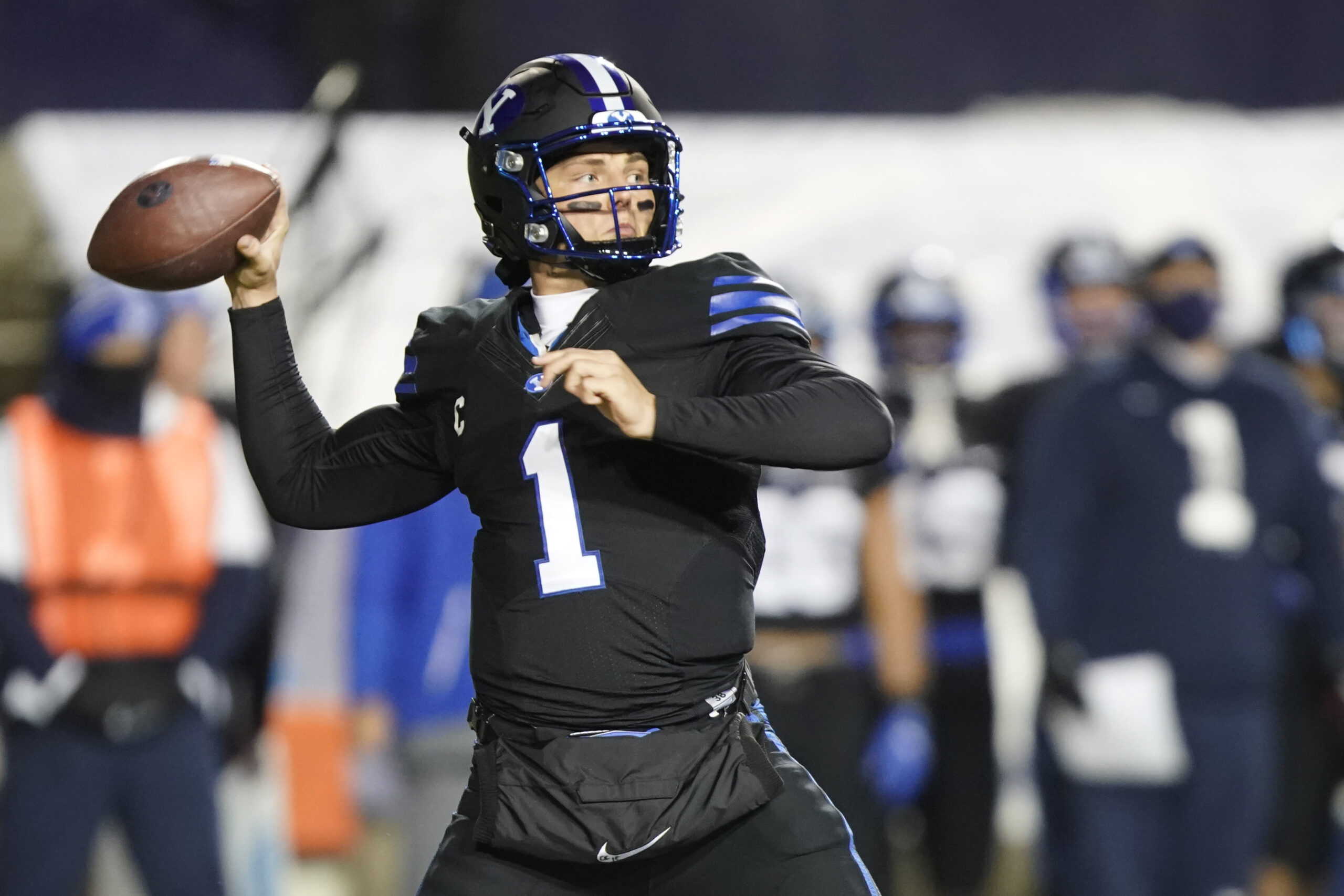
Zach Wilson:
A standout at BYU, was seen as someone who could make an immediate impact. Ultimately drafted by the Jets, Wilson showed promise and good flashes here and there but remained inconsistent as the season went on. Aaron Rodgers became the starter, getting injured shortly after, Wilson takes over once again. The Jets offense could never find their rhythm.
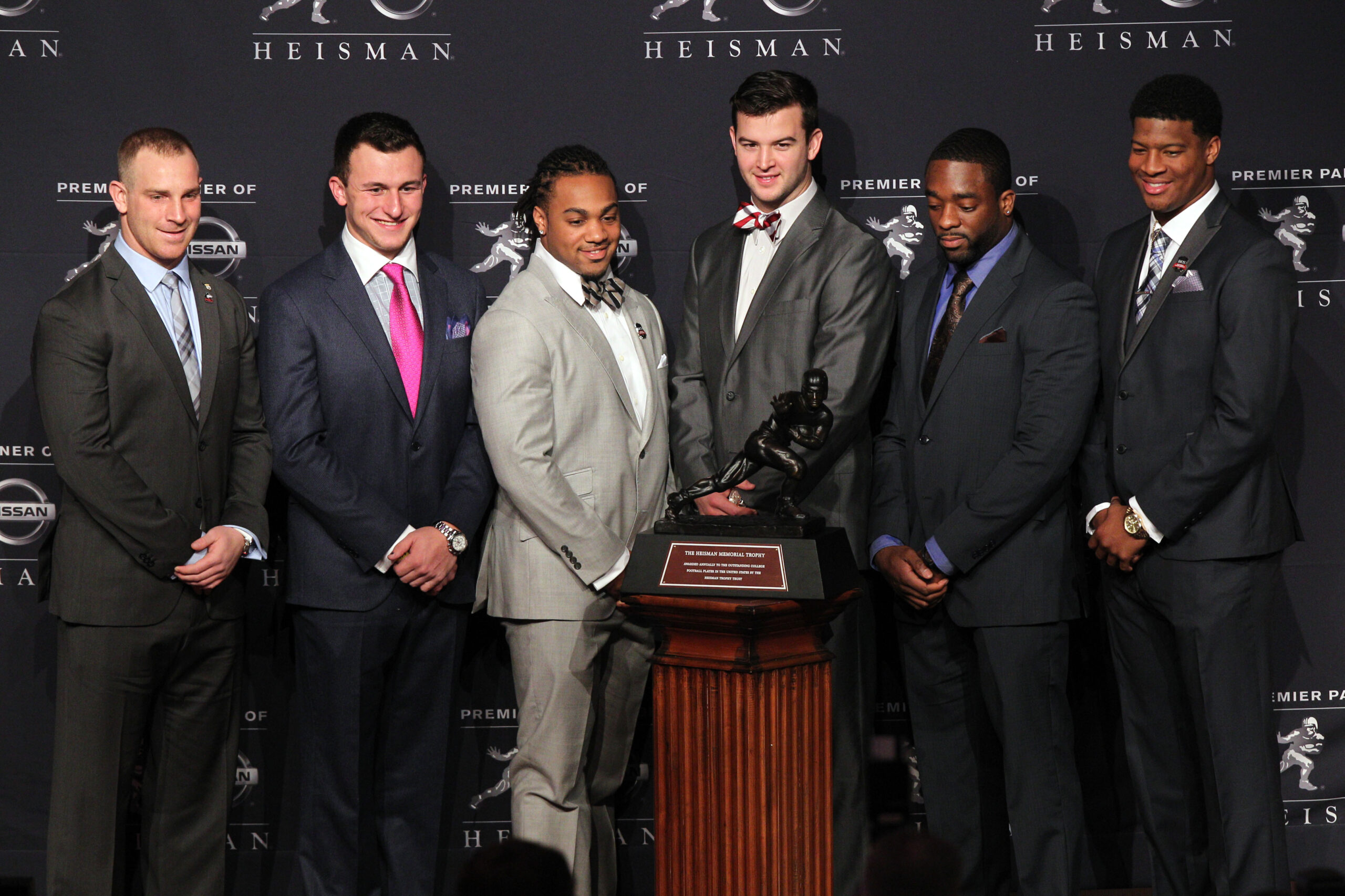
Johnny Manziel:
Heisman trophy winner out of Texas A&M, a stellar college career. After being drafted by the Browns, the narrative would change as he stepped into stardom. Manziel was supposed to be the next great in the NFL, ultimately taking a path that would derail him. He too, was inconsistent and unfocused. The following video is where we get a candid Manziel, who opens up about everything:
Supporting Data and Historical Trends:
The idea of giving rookie quarterbacks time to develop is supported by data from various sources, including NFL statistics and historical trends. According to an article written by Robert Simpson in 2021, here are some key points often highlighted:
Success Rate
Data often shows that quarterbacks who are given time to develop before becoming starters tend to have higher success rates in the long term. They have lower rates of turnovers and higher completion percentages compared to quarterbacks who are thrown into starting roles immediately.
Learning Curve
The transition from college to the NFL is significant for quarterbacks, as they face faster defenses, more complex defensive schemes, and higher expectations. Rookie quarterbacks who are given time to acclimate to the NFL environment often perform better when they do eventually become starters.
Mentorship
Having the opportunity to learn from experienced quarterbacks or quarterback coaches can greatly benefit rookies. Time spent on the sidelines observing and learning from seasoned professionals can accelerate their development and improve their decision-making skills. The caveat to this is, veteran quarterbacks can learn something new from the younger guys sometimes.
Pressure Management
Starting as a rookie quarterback can come with immense pressure, both from fans and the media. Giving rookies time to develop behind the scenes can help alleviate some of this pressure and allow them to focus on their growth and development without the added stress of immediate success expectations.
Long-Term Franchise Success
Organizations that prioritize the development of their young quarterbacks often see long-term success. By investing time and resources in grooming a quarterback for the future, teams can build a strong foundation for sustained competitiveness and success.
Specialized Coaching
One potential solution to improve quarterback development is to bring in specialized quarterback coaches who can teach and mentor these young players. This can be implemented at every level. The earlier, the better. Quarterbacks require more individual attention than any other position due to the complexity of their role. Promoting coaches based on merit and expertise, rather than just tenure, is crucial for ensuring that quarterbacks receive the best possible guidance. Moving another position coach to quarterback coach can be counterproductive; quarterback coaches need to be grounded specifically in quarterback play and development.
“The most important relationship a head coach has on his team isn’t with the other coaches, the owner, or the general manager. It’s with the quarterback. He’s the one who runs the show on the field; He’s the ultimate extension of his coach. If there isn’t a high level of mutual trust between them, both coach and quarterback will be doomed.” — Bruce Arians
The art of quarterback development is not entirely lost but has evolved with the changing dynamics of the NFL. By revisiting proven strategies, such as allowing time for development and ensuring specialized coaching, teams can better prepare their young quarterbacks for long-term success.
